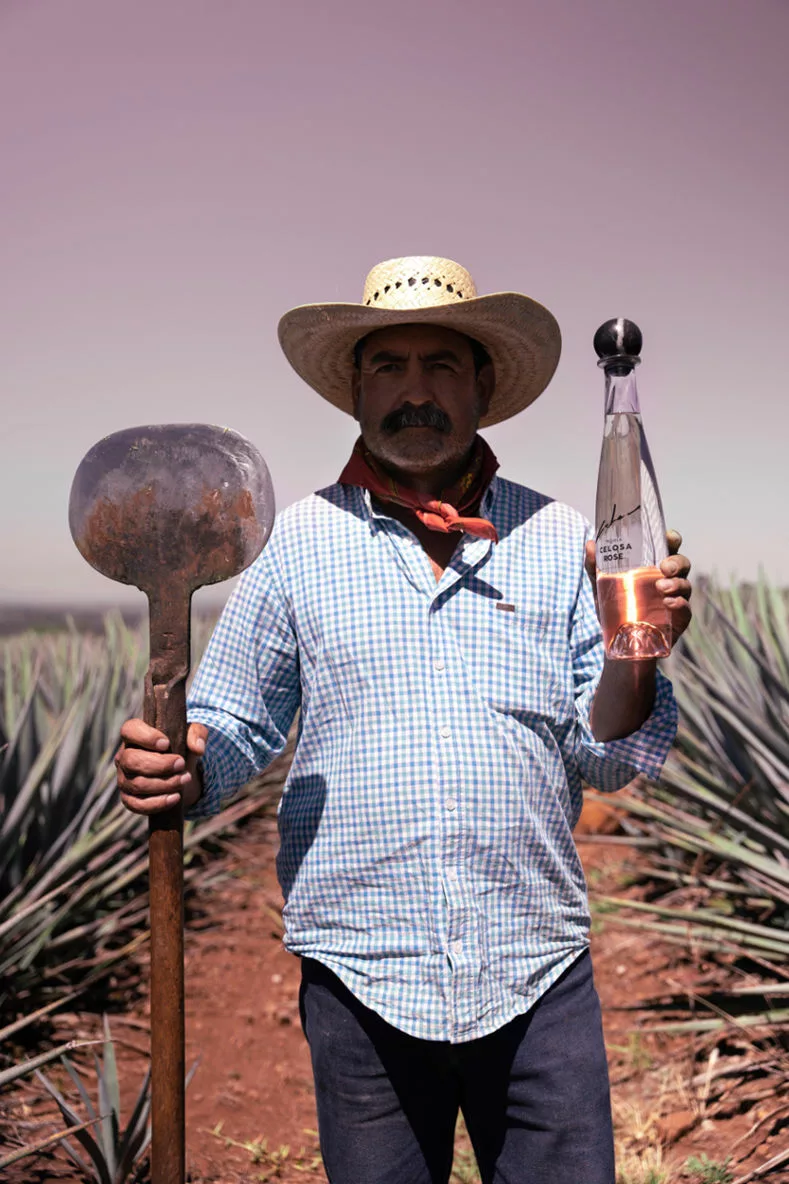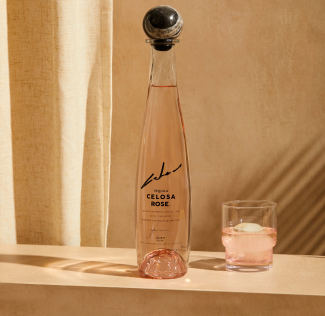What’s the Difference between Tequila and Mezcal?
The main difference between Tequila and Mezcal lies in how they’re made, the types of agave plants used, and where they come from. Imagine them as siblings who share some family traits but have their own unique personalities and stories.
Tequila is a type of Mezcal, but not all Mezcal is Tequila. This is because Tequila can only be made from one type of agave, the blue agave, and it has to be produced in specific regions of Mexico. Mezcal, on the other hand, enjoys a bit more freedom. It can be made from over 30 types of agave and is produced in many areas across Mexico, not just the ones designated for Tequila.
Another key difference is in the taste. Mezcal is known for its smoky flavor, which comes from the way the agave plant is cooked. Tequila, while it can also have complex flavors, usually doesn’t have the same smoky taste.
What Is Mezcal?
Mezcal is a traditional Mexican drink that’s been around for centuries. It’s made from the heart of the agave plant called the “piña.” To make Mezcal, these piñas are cooked in pits dug into the ground, filled with hot rocks and wood. This cooking method gives Mezcal its signature smoky flavor.
After cooking, the piñas are crushed, mixed with water, and left to ferment. The juice from this mixture is then distilled to make Mezcal. Because it can be made from many types of agave and in various regions, Mezcal comes in a wide range of flavors beyond just smoky. Each Mezcal tells the story of where it’s from and the type of agave used.
What Is Tequila?
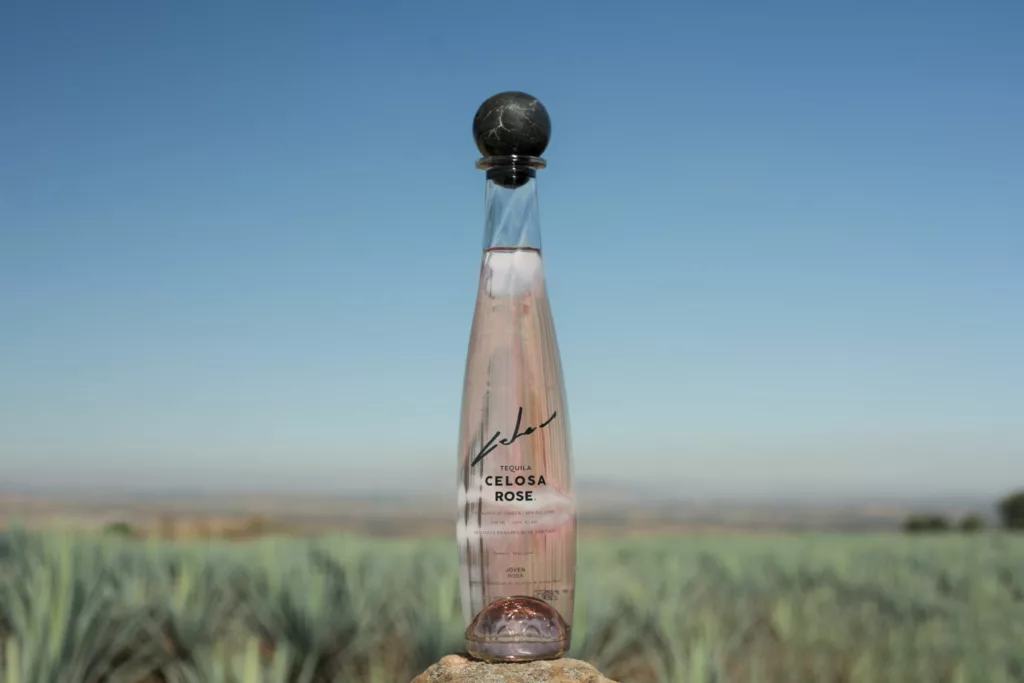
Tequila is a more specific kind of Mezcal that has gained worldwide fame. Made strictly from blue agave, Tequila must also be produced in certain areas of Mexico, mainly in the region around the city of Tequila. This geographical limitation is part of what gives Tequila its special status and protects its heritage.
The production of Tequila involves steaming the agave piñas in industrial ovens before fermenting, distilling, and sometimes aging them in barrels. This process results in a drink that can be smooth and subtle or rich and complex, depending on how it’s made and aged. Unlike Mezcal, Tequila doesn’t typically have a smoky flavor, but it has its own variety of tastes based on the aging process and the craftsmanship behind each bottle.
Production Process
Understanding how Mezcal and Tequila are made can be as interesting as tasting them.
Overview of the production process for mezcal
Making Mezcal is like following a recipe that has been passed down for generations, combining tradition with nature. It starts with harvesting the agave plant, which can take anywhere from 7 to 30 years to mature, depending on the variety. Once ready, the leaves are trimmed off, leaving only the core or “piña,” which looks a bit like a giant pineapple.
Next comes the unique part: the piñas are cooked in a pit oven. This pit is lined with hot stones and filled with wood and charcoal. The piñas are placed in this pit, covered with agave leaves or burlap, and then buried under the earth. They cook like this for several days, getting that distinct smoky flavor Mezcal is known for.
After cooking, the piñas are crushed (traditionally by a stone wheel pulled by a horse) to release the juices. The crushed agave is then mixed with water and left to ferment naturally. This juice is what gets distilled into Mezcal, often in clay or copper pots, which can add more unique flavors.
Explanation of the production process for tequila
Tequila’s journey is similar but with some key differences that give it its own character. It starts the same, with harvesting, but only blue agave is used, and it’s steamed in large ovens instead of being cooked in pits. This steaming process is more controlled and doesn’t impart the smoky flavor that Mezcal has.
After steaming, the agave is crushed, and the juice is extracted. The juice is then fermented, sometimes with added yeast, to speed up the process. The fermented juice is distilled twice in copper or stainless steel stills, refining the flavor and purity of the Tequila.
Some Tequilas are aged in oak barrels, which can give them a smooth, rich taste. The aging process can last from a few months to several years, and the type of barrel used can also influence the flavor.
Highlighting the key differences in the production methods
The main difference between Mezcal and Tequila production lies in the cooking and distillation process. Mezcal’s pit-cooking method, which involves smoking the agave under the earth, gives it a distinct smoky flavor that is hard to find in any other spirit. Tequila, by steaming the agave, skips the smokiness for a cleaner, purer agave taste.
Also, Mezcal can be made from over 30 types of agave and in a wider range of regions, offering a broader palette of flavors and profiles. Tequila, however, sticks to the blue agave and is closely tied to its specific regions, which maintains its unique identity but limits its variety compared to Mezcal.
Flavor Profile

Describing the unique flavor characteristics of mezcal
Mezcal is like a whisper of the earth it comes from, offering a wide range of flavors that can surprise even the most experienced palate. Its most distinctive feature is its smoky taste, which comes from the underground ovens used in its production. But Mezcal’s flavor doesn’t stop at smoky. Depending on the type of agave used and the region it’s from, Mezcal can also have hints of sweetness, floral notes, earthy tones, and even a touch of spiciness.
The flavor of Mezcal can also be influenced by how it’s made, including the type of water added during fermentation and the material of the stills used for distillation. Some Mezcals might have a smooth, gentle taste, while others can offer a bold, robust experience. It’s this complexity and variety that make Mezcal a fascinating spirit to explore.
Discussing the distinct flavor profile of tequila
Tequila, while more narrowly defined than Mezcal, has its own rich flavors. Since it’s made exclusively from blue agave, Tequila carries the sweet, bright essence of this plant. The steaming process used in its production brings out the agave’s natural sugars, creating a cleaner and more focused flavor profile than the smokiness found in Mezcal.
Depending on how it’s aged, Tequila can add layers of complexity. Unaged Tequila (Blanco) is crisp and vibrant, with a pure expression of agave. Aged versions (Reposado and Añejo) introduce notes of vanilla, caramel, oak, and spices due to their time in barrels. These aging processes give Tequila a smoothness and depth that can appeal to a wide range of tastes.
Comparing and contrasting the flavors of mezcal and tequila
While both Mezcal and Tequila come from the heart of the agave, their paths diverge when it comes to flavor. Mezcal’s signature smokiness and its wide variety of agave sources create a broad spectrum of tastes, from sweet and floral to earthy and spicy. This makes Mezcal a spirit of discovery, where each bottle can offer a new experience.
Tequila, in contrast, has a more focused flavor profile centered around the sweet and herbal qualities of the blue agave. The aging process adds layers and smoothness, but the core of Tequila’s taste remains grounded in its primary ingredient. This gives Tequila consistency and reliability, where variations come more from the craftsmanship and aging techniques than from the base ingredients.
Agave Species
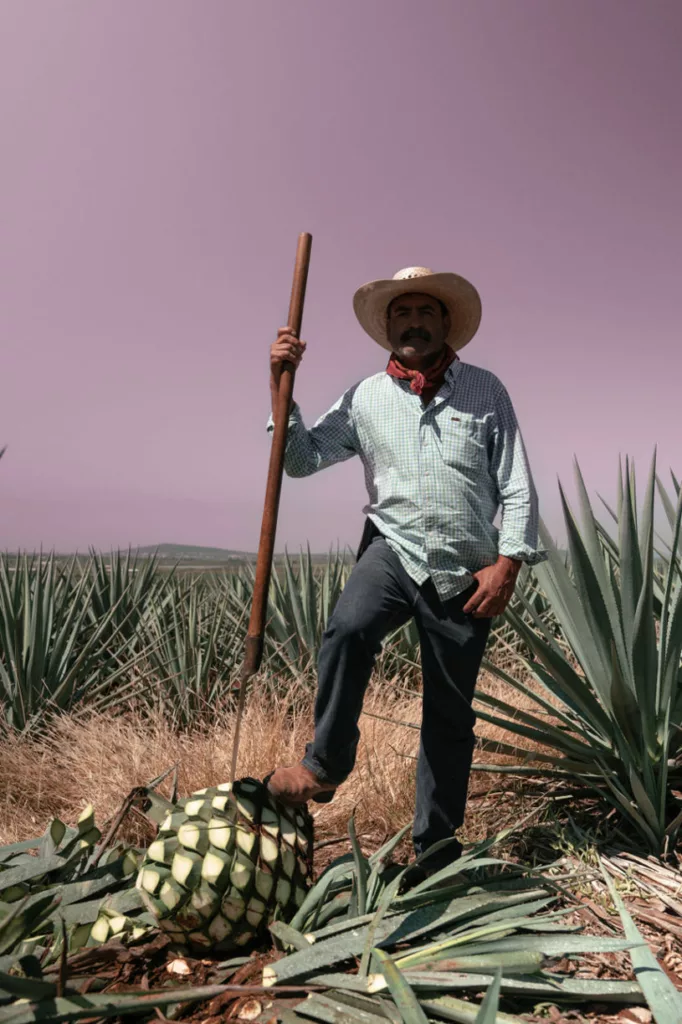
The agave plant, with its spiky leaves and stoic presence, is more than just a plant; it’s the soul of both Mezcal and Tequila. However, not all agaves are created equal. The variety of agave used can change the drink’s flavor, aroma, and even its spirit. Let’s explore the diverse world of agave species and their impact on Mezcal and Tequila.
Exploring the different agave species used in mezcal production
Mezcal is a celebration of diversity. It can be made from over 30 different types of agave, each bringing its unique character to the final drink. Some of the most commonly used varieties include Espadín, which is the most prevalent and offers a balanced flavor; Tobalá, known for its sweet and fruity notes; and Tepextate, which offers complex and floral flavors.
The variety of agave affects not just the taste but also the rarity and value of the Mezcal. Some agave plants, like the wild Tobalá, are harder to find and require specific growing conditions, making Mezcals made from these varieties more sought after. This diversity allows mezcal producers to experiment and craft various flavors, from the earthy to the exquisite.
Focusing on the blue agave variety used in tequila production
In contrast to the wide variety used in Mezcal, Tequila is made exclusively from one type of agave: the blue agave or Agave tequilana Weber. This specificity is one of the key factors that define Tequila. The blue agave thrives in the volcanic soil and semi-arid climate of the Tequila region, contributing to the drink’s distinctive sweet and floral flavor profile.
The growth cycle of the blue agave is closely monitored, as it takes between 5 to 7 years to mature. Its long growth period allows the agave to develop a rich concentration of sugars, which are essential for producing Tequila’s signature taste. The choice of this single species underscores Tequila’s connection to its region and tradition, emphasizing consistency and quality in every bottle.
Analyzing the impact of agave species on the final product
The type of agave used in Mezcal or Tequila is not just a matter of tradition; it deeply influences the spirit’s character. In Mezcal, the variety of agave species available for production leads to a broad palette of flavors, aromas, and experiences. Each type of agave brings its own story, from the smoky and complex to the bright and floral, allowing mezcaleros (Mezcal producers) to offer a spectrum of choices to enthusiasts.
For Tequila, the exclusive use of blue agave creates a more focused and consistent profile, but within this framework, producers play with fermentation, distillation, and aging techniques to introduce variation and complexity. The consistency of using a single agave species means that the nuances of flavor often come from the craftsmanship in production and the terroir of the region where the agave is grown.
Regional Differences

Just like the place where a person grows up can shape who they are, the region where Mezcal and Tequila are produced greatly influences their taste and character.
Examining the influence of different regions on mezcal production
Mezcal is produced in several regions across Mexico, each with its climate, soil type, and altitude. These factors, known as terroir, play a significant role in shaping the flavor of the Mezcal. For example, Mezcals from Oaxaca, the most famous Mezcal-producing region, are known for their rich and smoky flavors, thanks to the diverse range of agave plants that thrive there and the traditional production methods.
Other regions, like Durango, Guerrero, and Zacatecas, each bring something unique to the table. Mezcals from Durango often have a more mineral taste due to the region’s rocky terrain, while those from Guerrero can have a sweeter, more floral profile.
Highlighting the specific regions associated with tequila production
Tequila is more geographically specific than Mezcal, with production mainly concentrated in the state of Jalisco and small areas in Guanajuato, Michoacán, Nayarit, and Tamaulipas. The heartland of Tequila production is the area surrounding the town of Tequila, in Jalisco. Here, the volcanic soil and semi-arid climate create ideal conditions for growing blue agave.
The region a Tequila comes from can influence its taste. Tequilas from the highlands of Jalisco (Los Altos) tend to be sweeter and more aromatic, thanks to the red clay soil and cooler climate, while those from the lowlands have a more herbaceous and earthy flavor, reflecting the drier, more volcanic terrain.
Discussing how regional variations affect the taste and characteristics
Regional differences in soil, climate, and elevation directly impact the agave’s growth and maturity, influencing the sweetness, acidity, and aromatic compounds in the plant. These variations result in Mezcal and Tequila, that carry the essence of their birthplace, offering drinkers a taste of the land’s spirit.
Aging Process
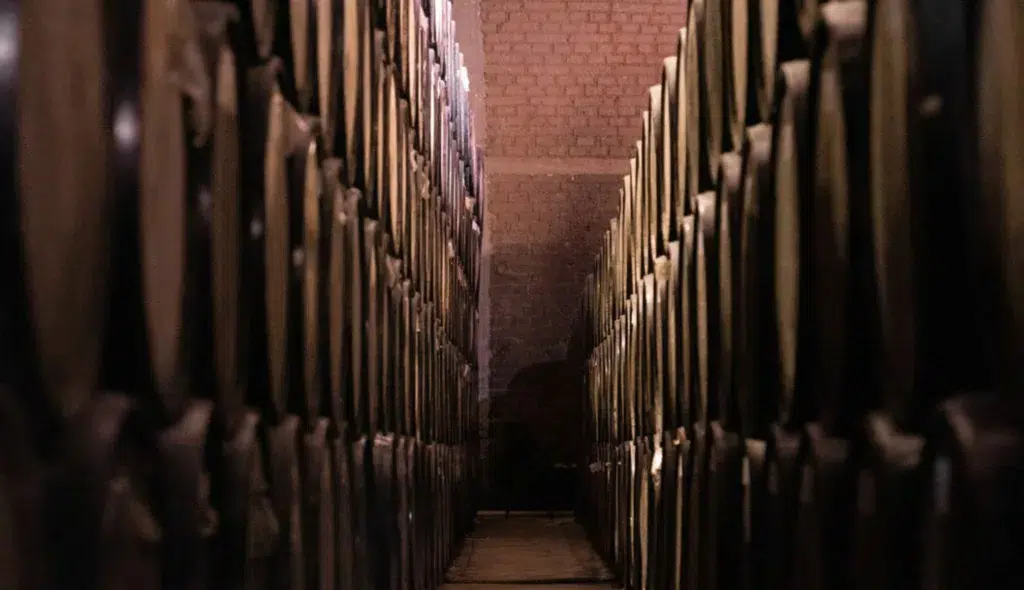
Explaining the aging process for mezcal
While not all Mezcal is aged, those that are typically go through a similar aging process to Tequila but often with less regulation. Mezcal can be aged in glass containers or oak barrels, where it develops smoother flavors and a more subdued smokiness over time. Some aged Mezcals (known as reposado or añejo) can take on vanilla, caramel, and other woody notes from the barrels, adding depth to the spirit’s complex flavors.
Discussing the different types of aging used in tequila production
Tequila aging is categorized into three main types: Blanco (unaged), Reposado (aged for two months to one year), and Añejo (aged for one to three years). Extra Añejo is a relatively new category for Tequilas aged over three years. The aging process in oak barrels softens the agave’s sharpness and introduces flavors like vanilla, oak, caramel, and spices, making the Tequila smoother and more complex.
Comparing the effects of aging on mezcal and tequila
Aging adds complexity and softness to both Mezcal and Tequila, but the impact can be more pronounced in Tequila due to its more regulated aging categories. Mezcal’s diverse base flavors from the various agave types and production methods mean that aging can enhance its complexity in different ways, often adding subtleties to an already rich flavor profile. In contrast, Tequila’s aging process focuses on refining and enriching its sweeter, more singular agave flavor.
Conclusion
Mezcal and Tequila, two of Mexico’s most iconic spirits, offer flavors, traditions, and stories. From the variety of agave plants to the regions that shape their character and the aging processes that refine their flavors, Mezcal and Tequila embody the rich cultural heritage of Mexico. Whether you’re drawn to the smoky depth of Mezcal or the nuanced sophistication of Tequila, each sip is an invitation to explore and appreciate the artistry and history behind these remarkable spirits.
Ready to experience the authentic taste of Mexico? Visit Celosa Tequila’s Shop to explore our selection of premium Tequilas. Discover the perfect blend of tradition and flavor crafted for those who appreciate the finer things in life. Start your journey with us today.
